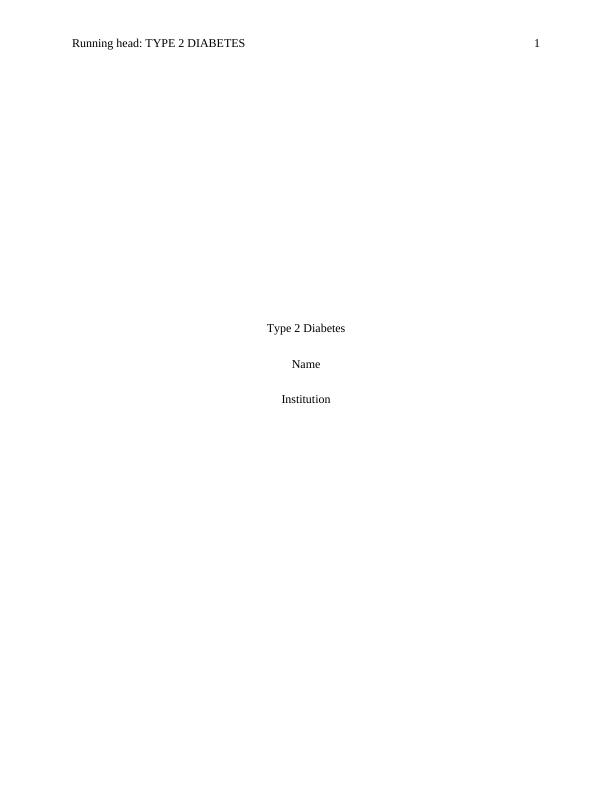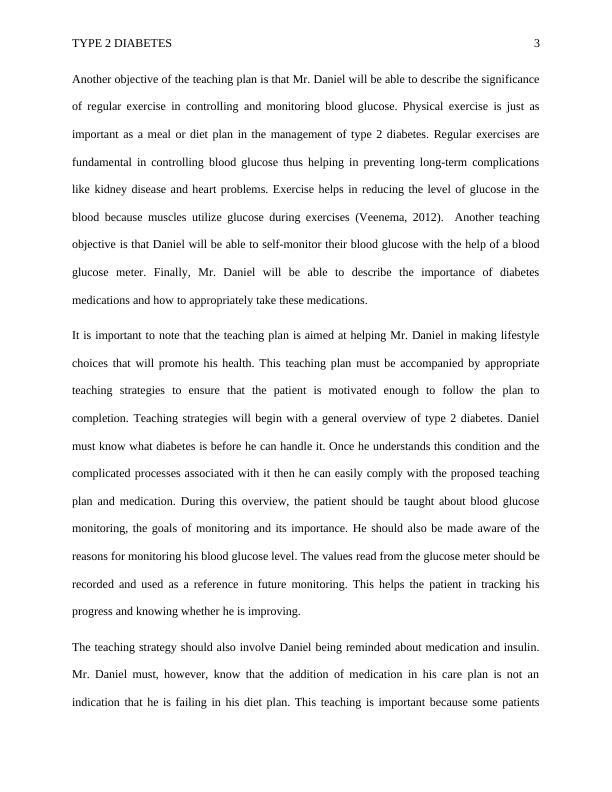Type 2 Diabetes - Case Study
Added on 2022-08-12
About This Document
You are a diabetic nurse educator at a Native American Health Service clinic. On your appointment sheet, you see that you have a two-hour slot for 54-year-old Daniel Old Coyote. Daniel was just diagnosed with Type 2 DM and requires health education regarding his disease and disease management. On the intake assessment form, you notice that the nurse has noted ONE of the following risk factors (select which one is most interesting to you): homeless, 4th-grade reading level, grieving recent loss of spouse, hemiparesis secondary to head injury, impaired vision, or some other risk factor that is of interest to you). You do not have to accomplish all of the diabetic teachings in this 2-hour block, but you would like to initiate some instruction on a single topic (i.e. oral anti-diabetic medication, diet, foot care, glucose monitoring, etc.).
Type 2 Diabetes - Case Study
Added on 2022-08-12
End of preview
Want to access all the pages? Upload your documents or become a member.



